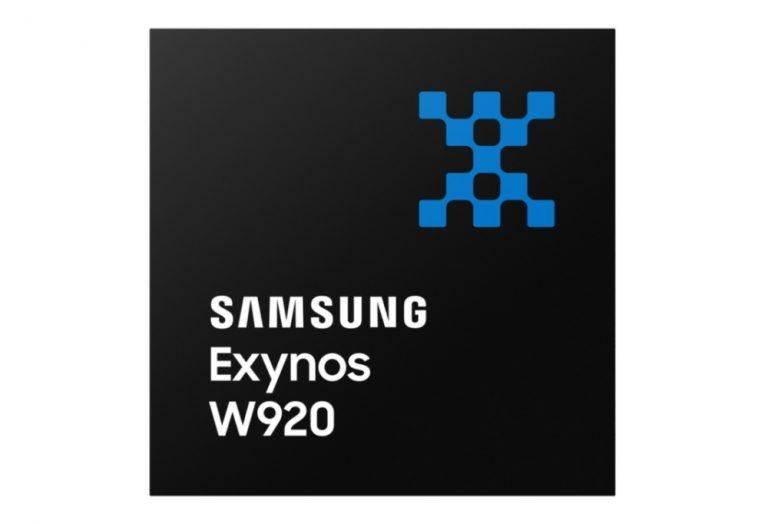Ahead of its Galaxy Unpacked event, where the company is widely expected to announce the new Galaxy Z Fold 3, the Galaxy Z Flip 3, and the Galaxy Buds 2, Samsung unveiled a new chipset for the “next-generation of wearables” today. Dubbed Exynos W920, the chipset is the world’s first 5nm smartwatch processor with an integrated LTE modem and a dedicated core to handle Always-on-Display (AOD).
Along with the highly-anticipated Galaxy Flip 3 and Galaxy Fold 3, Samsung is also expected to debut the Galaxy Watch 4 at the Unpacked event tomorrow. The smartwatch will likely boast a 7-day battery life and would be the first watch to run Samsung’s One UI Watch OS. To power the graphics-intensive UI, support long battery life, and stay LTE connected, Samsung has announced its new Exynos W920 chipset for wearables, which it’ll likely use for its Galaxy Watch 4 as well.
With the Exynos W920, future wearables will be able to run applications with visually appealing user interfaces and more responsive user experiences while keeping you connected on the go with fast LTE.
The chipset supports a maximum of qHD (960×540) display, thanks to the two ARM Cortex A55 cores and the Mali G68 GPU. Samsung says the new CPU is 20% better in handling day-to-day tasks while the GPU brings 10x better graphics performance. Samsung says the Exynos W920 “enables faster application launches and more interactive eye-catching 3D graphical user interface” on a small display.
Along with the high-performance CPU cores, the W920 also features a dedicated “low-power display” Cortex-M55 core for handling Always-on-Display (AOD). Rather than relying on the main CPU for handling AOD, unlike previous smartwatches that resulted in not-so-good battery life, the Exynos W920 activates the M-55 core for reduced display power consumption.
Exynos W920 “comes in the smallest package currently available in the market for wearables.” Thanks to the smaller 5nm node manufacturing process, it has the power management IC (PMIC), LPDDR4 RAM, and the embedded multimedia card (eMMC) storage all soldered in one System-in-Package (SiP). Thanks to this feat of engineering, Samsung has also been able to integrate a 4G LTE Cat.4 modem and Global Navigation Satellite System (GNSS) L1 in one package.
Having one SiP with all the component saves space and enables Samsung, and other smartwatch makers who use this chipset, to use the space for a bigger battery or other smartwatch sensors. The Samsung Galaxy Watch 4 is reported to feature blood glucose monitoring. The sensor required for active blood glucose monitoring takes up a lot of space, but with the use of a smaller Exynos W920 chipset, Samsung might be have been able to create space for it.
Other smartwatch manufacturers like Apple are looking at other chipset implementations, such as dividing the chipset into two and then placing them both on their backs to create space for the blood glucose monitoring sensor.
Samsung is widely expected to unveil its new Galaxy Watch 4 tomorrow. With the company announcing the new Exynos W920 chipset just a day ahead of the smartwatch’s announcement, we can expect the Watch 4 to feature the new chipset. But, what does it mean for the end-user experience? We’ll get to know more tomorrow.
What are your expectations from Samsung’s next watch? Let us know in the comments section down below!

